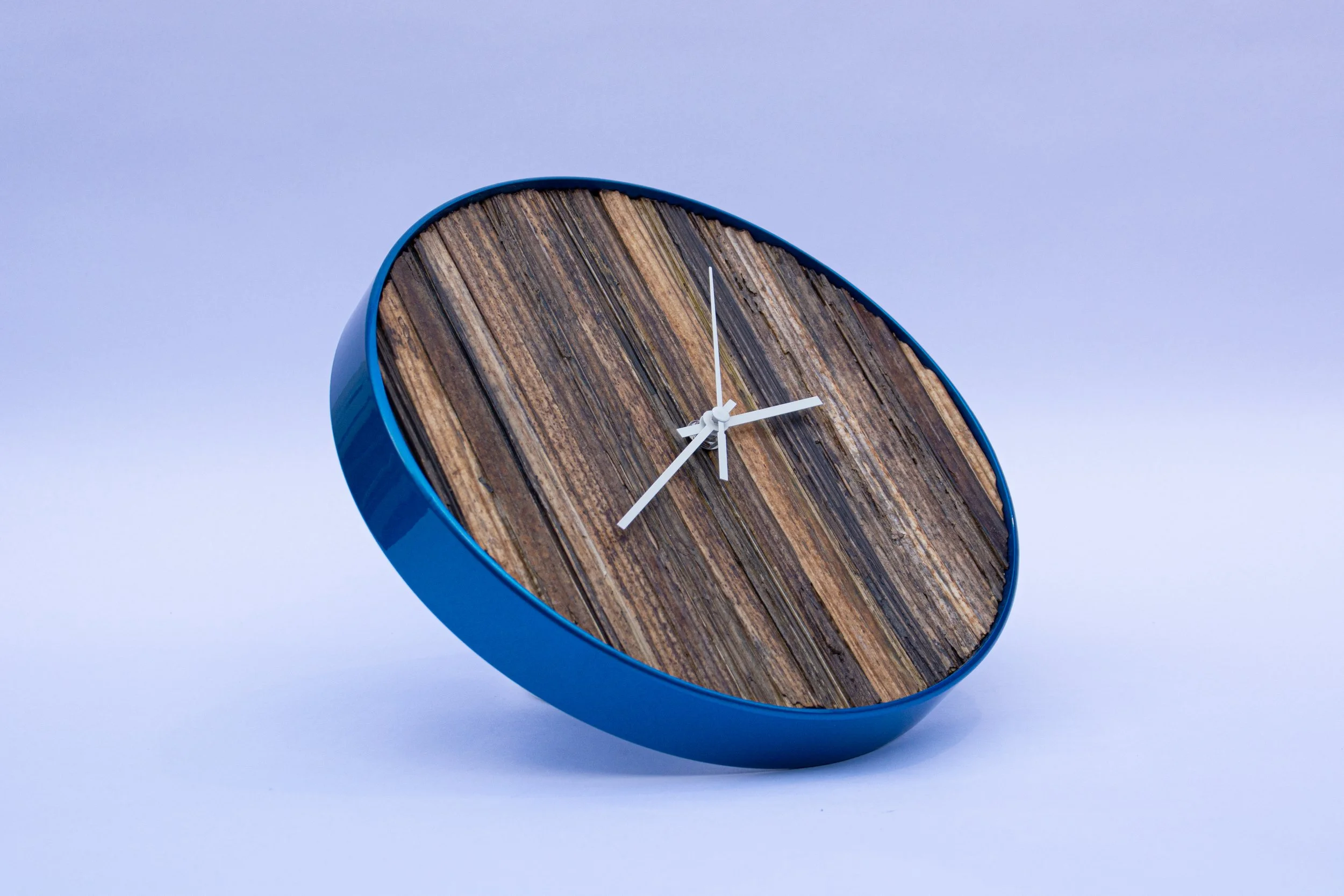
AIR Rotterdam 2025

Outlawed harvest

XL Giant hogweed (wall)tiles

Shed for the living

Bio-material workshops

Invasive vases collection

Seed ship: Sailing from Georgia

Jos Brink prijs 2019

Giant Hogweed material library

Giant hogweed wall tiles

1,324 Series; wall pieces

Gorcumsmuseum 2025

Lamp prototypes

Heracleum Mantagazzianum reintrodruced

Botancial anarchy

Giant Hogweed clock
